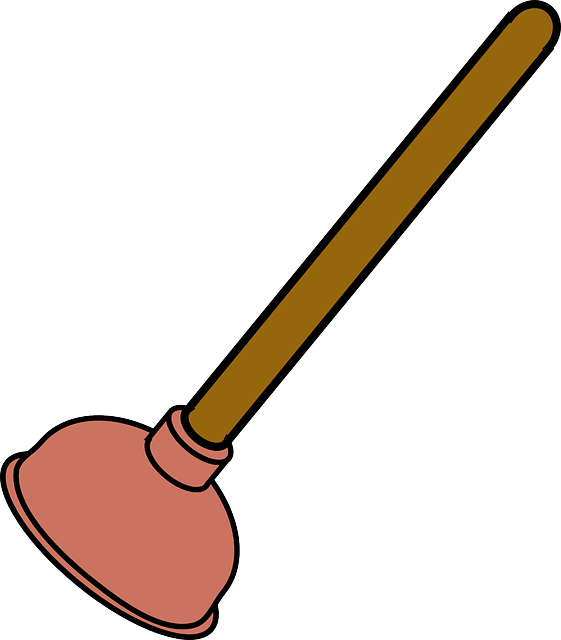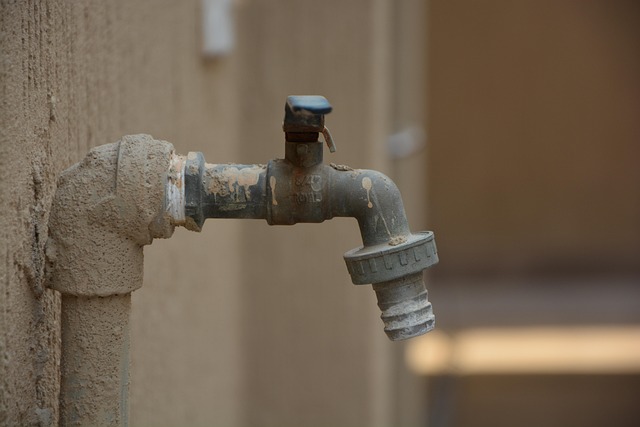Garbage disposals require regular maintenance and professional repair due to common issues like clogs, grinding noises, and motor damage. Plumbers use specialized tools to fix these problems safely, emphasizing proper ventilation and adherence to best practices. For minor clogs, a DIY approach with hot water or baking soda and vinegar can be effective. Major issues like faulty mounting assemblies or on/off switches need professional attention. Regular cleaning and avoiding overloading prolongs disposal lifespan, reducing the need for emergency plumber services.
Need your garbage disposal fixing like new? This comprehensive guide, crafted with input from top plumbers, covers everything from unclogging a stuck disposer to replacing broken parts. Learn the essential tools and safety precautions needed for DIY repairs or understand common issues that might signal professional intervention. By implementing simple maintenance tips, you can prevent future breakdowns and keep your kitchen running smoothly.
- Understanding Common Garbage Disposal Issues
- Tools and Safety Precautions for Repairs
- Step-by-Step Guide to Fixing a Clogged Dispose
- Replacing Parts: A Broken Mount or Switch
- Maintenance Tips to Prevent Future Breakdowns
Understanding Common Garbage Disposal Issues

Garbage disposals are a common fixture in many kitchens, and while they greatly facilitate food waste disposal, they aren’t immune to issues that can disrupt their smooth operation. Understanding these common problems is the first step towards troubleshooting and repairs. One of the most frequent issues is clogs, which can be caused by various factors such as foreign objects, like plastics or bones, getting trapped in the mechanism, or a buildup of grease and food debris. Another prevalent problem involves grinding noises or a lack of water flow, indicating potential damage to the motor or a blockage in the drain lines.
When these issues arise, homeowners often turn to professional plumbers for assistance. Plumbers are equipped with the expertise and tools needed to diagnose the problem accurately and provide effective solutions. Regular maintenance, including cleaning and inspection, can also help prevent such problems from occurring. By addressing common garbage disposal issues promptly, you ensure a continued seamless operation in your kitchen.
Tools and Safety Precautions for Repairs

When tackling garbage disposal repairs, having the right tools is essential for a successful and safe outcome. A plumber’s toolkit should include a variety of specialized items such as a wrench set, pliers, screwdrivers (both flathead and Phillips), and a pair of needle-nose pliers. These tools enable precise disassembly and assembly of the disposal unit, allowing the plumber to access and fix internal components like impellers, gears, and shafts.
Safety is paramount during any repair process. Plumbers should wear protective gear, including gloves, safety glasses, and ear protection, as garbage disposals can operate at high speeds and produce loud noises. Additionally, it’s crucial to turn off the power supply to the disposal unit before beginning repairs, ensuring no unexpected starts or electrical hazards. Proper ventilation in the workspace is also recommended to prevent any unpleasant odors or fumes from building up during the repair process.
Step-by-Step Guide to Fixing a Clogged Dispose

Facing a clogged garbage disposal can be a frustrating experience, but with a step-by-step approach, any homeowner can tackle this common issue. Here’s a guide to help you fix a clogged disposal quickly and effectively, saving you from calling a professional plumber.
Start by turning off the power to your disposal at the circuit breaker or fuse box. Next, remove the protective cover and access the grinding chamber. Use a plier or wrench to carefully remove the impeller, the spinning component that grinds food particles. Inspect it for any obstructions or damage; a simple clearing might be all that’s needed. Reassemble the disposal, ensuring all parts are secure, and reattach the cover. Once power is restored, slowly turn on the disposal and monitor its performance. If the clog persists, try using hot water or a mixture of baking soda and vinegar to clear any remaining blockages.
Replacing Parts: A Broken Mount or Switch

When a garbage disposal stops grinding properly, it’s often due to a faulty part—like a broken mount or switch. The mounting assembly secures the disposal in place, and if it’s damaged, the entire unit may wobble and not operate correctly. This can be easily replaced by a plumber, who will first assess the issue and then procure the necessary parts.
In many cases, the on/off switch is also a point of failure. This component controls the disposal’s power, and if it malfunctions, the unit won’t turn on even if physically intact. A plumber can replace this part relatively quickly, restoring smooth operation to your garbage disposal in no time.
Maintenance Tips to Prevent Future Breakdowns

Regular maintenance is key to preventing future breakdowns and ensuring your garbage disposal remains in top working condition for years to come. A plumber recommends scheduling routine cleaning at least once a month. This involves removing any built-up food particles or debris by using hot water and vinegar, which can effectively cut through grease and grime. Additionally, running cold water for several minutes after cleaning helps flush out any remaining residue.
Other preventive measures include avoiding overloading the disposal with large chunks of food or foreign objects, as this can cause damage and lead to costly repairs. Using a garbage disposal properly by feeding it small pieces of food at a time also prolongs its lifespan. Remember, a little regular care goes a long way in keeping your garbage disposal running smoothly without the need for emergency plumber services.
Restoring your garbage disposal to optimal condition is within reach for any homeowner. By understanding common issues, taking necessary safety precautions, and following a simple step-by-step guide, you can fix clogs and replace broken parts. Regular maintenance tips will further prevent future breakdowns, ensuring smooth operation from your trusted plumber’s best friend.
